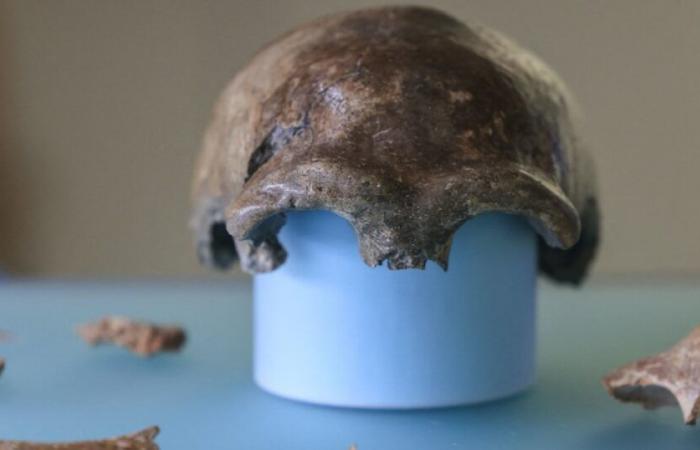Neanderthals are not the only ones to have transmitted genes to humans. This is also the case of another species, Denisova Man, whose links with the human species are highlighted in a study relayed by ScienceAlert.
The history of human evolution is one of the mysteries that are still far from being fully elucidated. But little by little, researchers are shedding light on certain gray areas of our genetic heritage. After the discovery of the contributions of Neanderthals, researchers from Trinity College Dublin published a study on November 5 on existing research concerning the DNA of Denisova Man. Although its history still remains mysterious, we now know that the Denisovan transmitted some of its genes to the human species, reports ScienceAlert.
A species discovered in 2010
The discovery of this species dates back to 2010, when bones were found in Siberia. The researchers then realized that these remains belonged neither to the human species nor to Neanderthals, although they resemble them, but to a group of unknown hominids. According to their research, the Denisovans became genetically distinct from Neanderthals around 400,000 years ago, probably a few hundred thousand years after the latter distinguished themselves from our species.
The little information gleaned about Denisova Man shows that he influenced the genetic heritage of populations in Siberia, South-East Asia, Oceania and the Americas. The authors of the study discovered three genes that were transmitted to humans by this recently discovered species.
Common genes with different populations
First, the researchers discovered DNA sequences common between the Denisovans and the Tibetan populations, which help the latter to tolerate relatively low quantities of oxygen, but also with the Papuans, which strengthens their immunity, or even with the Inuit to better cope with the cold.
Human beings are therefore far from having a single common ancestor: their genetic heritage has been shaped over the course of history, through encounters with other species. “This discovery is one of the most exciting in human evolution in the last decade”explains Linda Ongaro, one of the authors of the study, to ScienceAlert journalists.
published on November 16 at 11:26 a.m., Caroline Chambon, 6Medias.
Share






